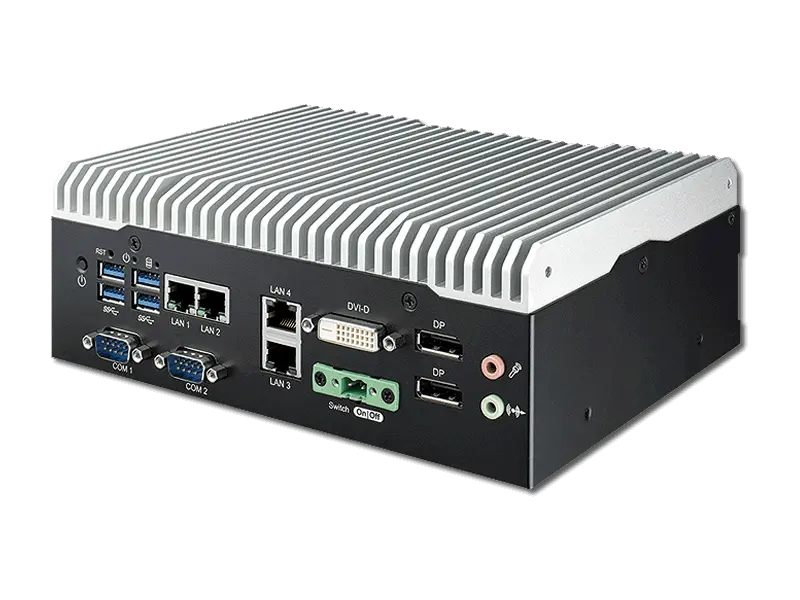

How does a fanless PC work?
Fanless computers, also known as fanless PCs, are becoming increasingly popular due to their silent operation and improved reliability. These devices rely on passive cooling methods to dissipate heat generated by components, eliminating need for noisy and often unreliable cooling fans. But how exactly does a fanless PC work?
The key to operation of a fanless computer lies in its design and components used. Fanless PCs are typically built with efficient and low-power components that generate less heat during operation. This includes low-power processors, solid-state drives, and ultra-efficient motherboards. By using these components, fanless computers are able to reduce amount of heat generated, making it easier to dissipate heat without need for a cooling fan.
In addition to using low-power components, fanless computers also utilize heat sinks and heat pipes to passively dissipate heat. Heat sinks are metal components with large surface areas that are in direct contact with heat-generating components, such as CPU and GPU. As components heat up, heat is transferred to heat sink, which then disperses heat into surrounding environment. Heat pipes, on other hand, are filled with a liquid that vaporizes when exposed to heat. The vapor travels to a cooler section of heat pipe, where it condenses back into a liquid, releasing heat in process.
By combining efficient components with heat sinks and heat pipes, fanless computers are able to effectively dissipate heat without need for a noisy cooling fan. This not only results in a more silent operation but also improves overall reliability of device, as there are fewer moving parts that can fail over time.
Fanless computers are ideal for a variety of applications where silent operation is critical, such as in home theater PCs, digital signage, and industrial control systems. In these applications, absence of a cooling fan can make a significant difference in user experience, as fanless PC remains virtually silent during operation.
However, it is important to note that fanless computers may not be suitable for high-performance applications that require intense computing power. Due to limitations of passive cooling methods, fanless computers may struggle to dissipate heat generated by high-performance processors and graphics cards. As a result, fanless PCs are typically used for more basic computing tasks that do not require a high level of processing power.

In conclusion, fanless computers operate by using efficient components and passive cooling methods to dissipate heat without the need for a cooling fan. This results in a silent operation and improved reliability, making fanless PCs an attractive option for a variety of applications. Whether you are looking for a silent home theater PC or a reliable industrial control system, fanless computers offer a compelling alternative to traditional cooling solutions.



Leave a Reply